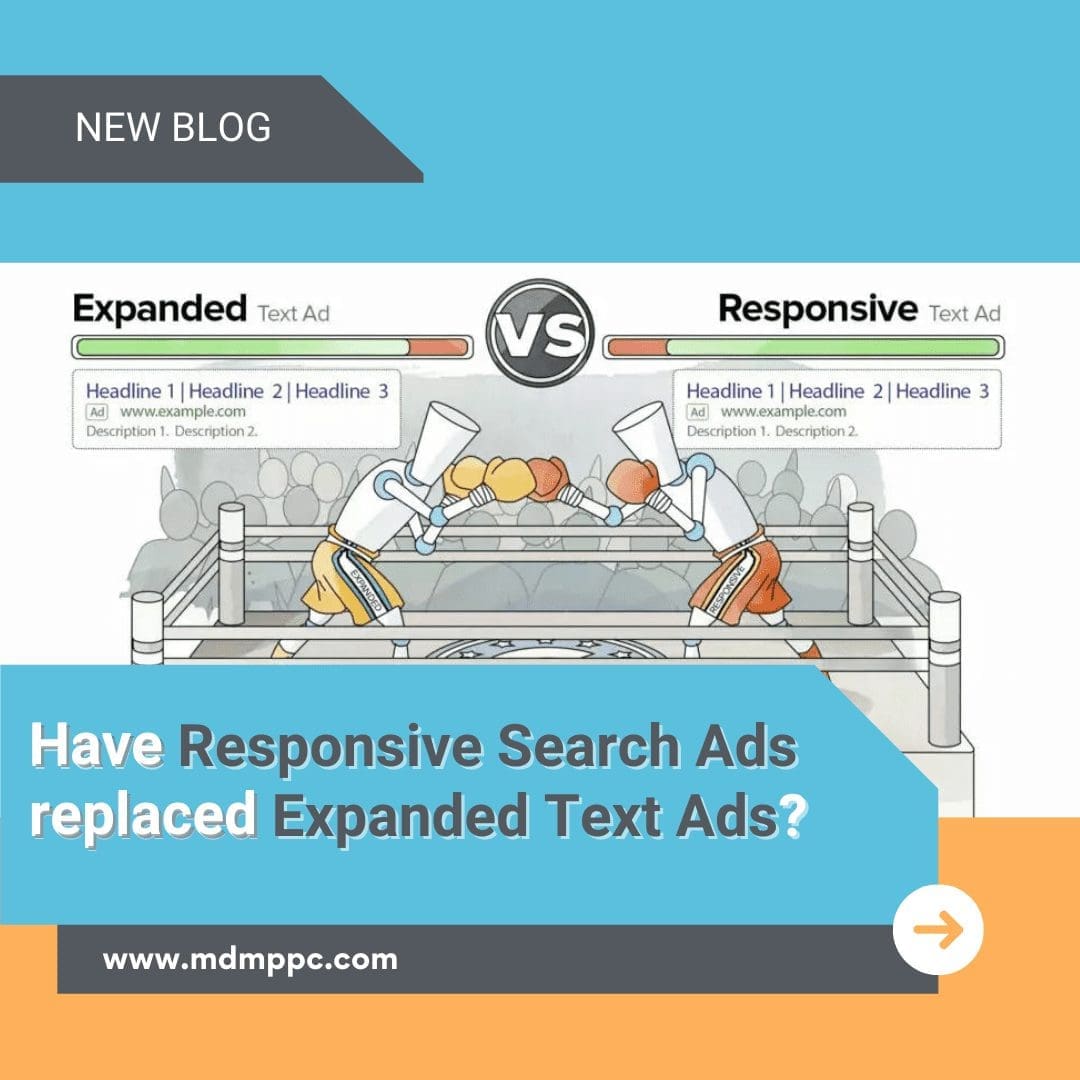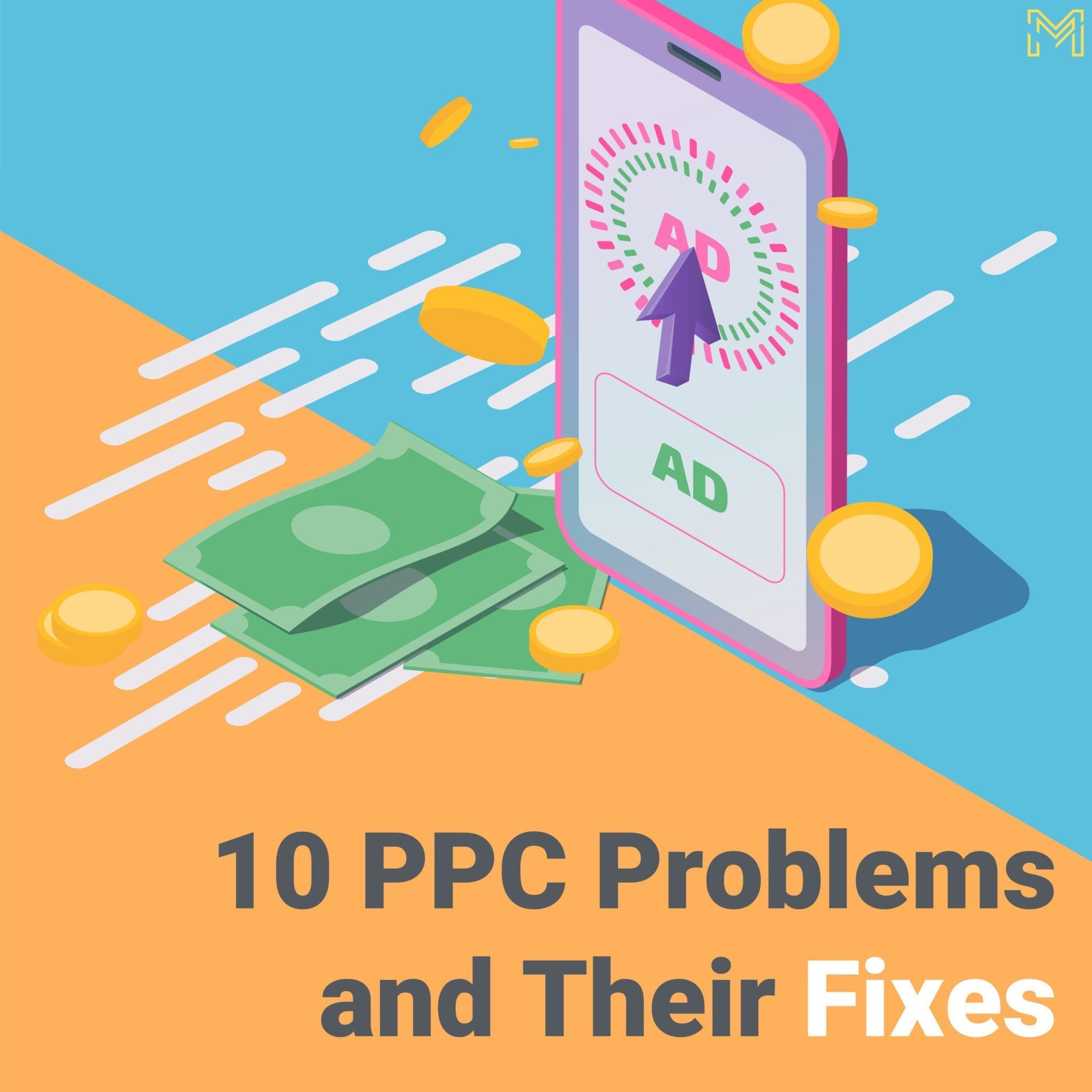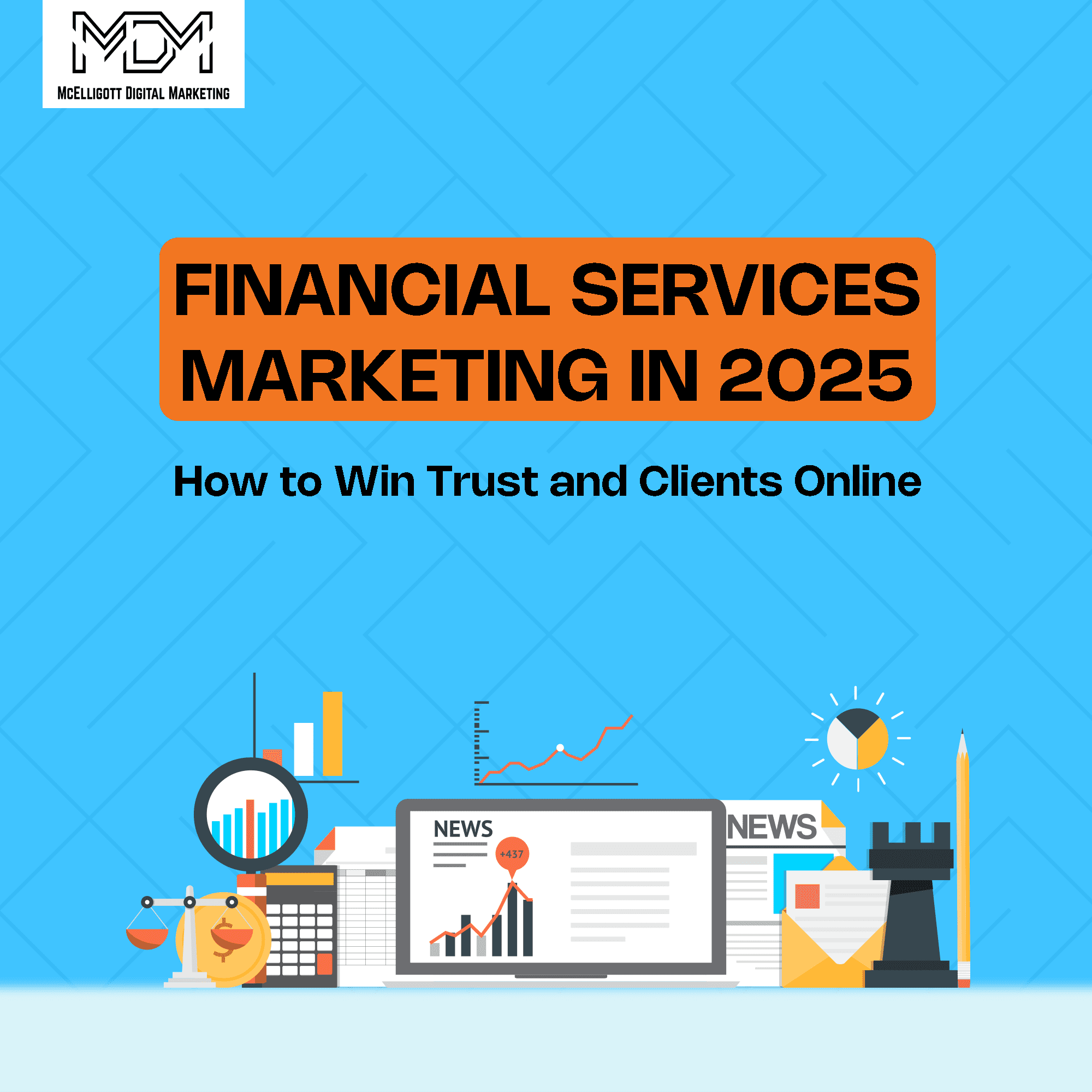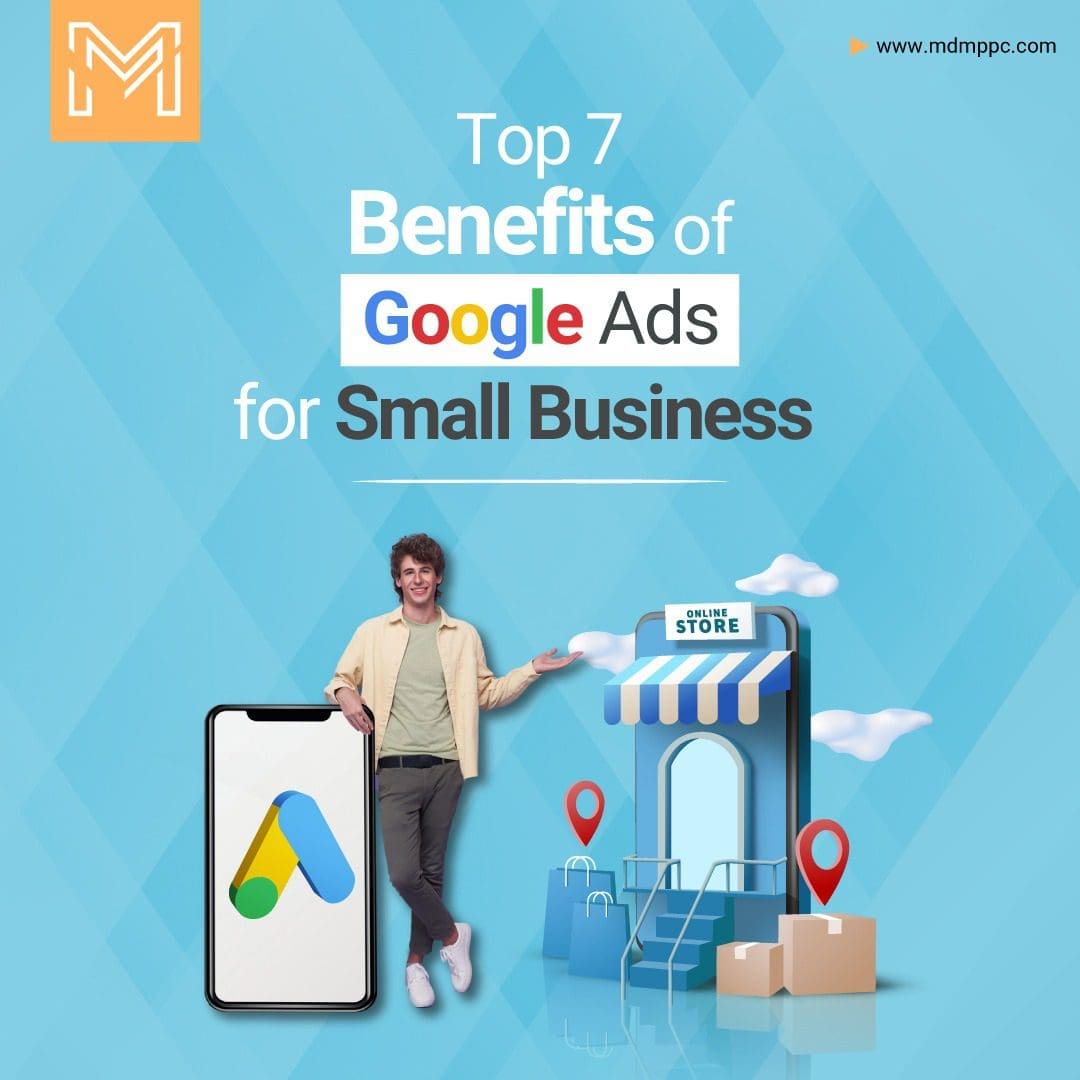Facebook is a powerful and popular platform for real estate owners for social media advertising. Real estate business owners are looking for clients mostly in the local areas. With sharp income-based and geographical targeting features, real estate Facebook ads are a great way to increase your brand awareness and reach clients.
Facebook advertising is a great tool for real estate businesses, along with real estate PPC. Check why
- Facebook ads have an average conversion rate of 9.21%.
- Your ads can reach up to 1.98 billion people worldwide.
- The number of ad views has grown by over 30% in the past year.
- People spend about 35 minutes daily on Facebook, notes a study by Mediakix. This gives you plenty of chances to show your ads to the right audience.
Running Facebook ads for your real estate business is easy and affordable. The platform offers tools to create ads, track their performance, and get great results.
With over two billion users each month, Facebook is one of the best places to promote your property listings. Its advanced targeting options help you connect with buyers and sellers in your area easily.
In this blog article, you’ll learn successful tips for real estate Facebook ads.
Why do real estate Facebook ads work?
Facebook ads are managed through a tool called Facebook Ads Manager. You can use it to create and run ads on Facebook, Instagram, and Messenger.
Facebook collects a lot of information about its users. This includes their details, how they use social media and their online activities.
With this data, Facebook helps you target your ads to a specific audience. Facebook is a great platform for real estate ads because-
- You can reach local people– As a real estate agent, your focus is on the local market. Facebook Ads Manager helps you show ads to local buyers and sellers. This makes it easier for them to contact you.
- You can use pictures and videos– People want to see what they are buying, especially when it comes to homes. Facebook lets you share high-quality photos and videos of the properties you are selling.
- You can build trust with clients– Buyers and sellers want to work with someone they trust. Facebook allows you to connect with them, build relationships, and gain their trust. This makes them more likely to choose you as their agent.
Real estate Facebook ads best practices
1. Smart targeting options
Facebook is a great platform for real estate advertising because it lets you target your audience with a lot of detail. After choosing your campaign goal, you can use different targeting options to reach the right people.
Here are some simple ways to target your audience.
- Location targeting– Focus on zip codes where buyers are most likely to move. Don’t make the area too small, like a one-mile radius, because buyers often come from other places.
- Age targeting– Show your ads to the age groups most likely to buy your properties. For example, avoid targeting teenagers who may not have the budget to buy a home. However, Facebook now automatically sets the audience age range to 18–65+.
- Income targeting- Use Facebook’s tools to target people based on their income. This helps match your ads with buyers who can afford your properties.
- Homeownership status– Target first-time buyers, homeowners, or renters depending on the type of property you’re selling.
- Lookalike audiences– Upload a list of past buyers to Facebook. Facebook can then find people with similar profiles who might be interested in your properties.
- Behavioral targeting– Target people who are “likely to move.” Facebook uses its data to identify these users.

These simple strategies help you reach the right people and get the best results from your ads.
2. Know your buyers and sellers
To succeed in real estate, it’s important to know who your buyers and sellers are. Understanding your ideal clients helps you create better ads.
Start by creating marketing personas. These are imaginary profiles that represent your typical clients. They help you identify important details about your audience, like their age, income, and interests.
When creating your personas, think about-
- What types of homes sell well in your area?
- What kind of properties do you usually deal with (e.g., ranch homes, bungalows)?
- Who tends to buy or sell these types of homes?
Once you have your personas, use Facebook Ads Manager to target the right people with your ads.
Facebook also lets you create custom audiences. These are groups of people who have interacted with your business before, like website visitors or email subscribers.
In the Special Ad Category, the process is a bit more limited. You’ll need to create a new custom audience for each campaign.
3. Video ads
Video marketing is a great tool for real estate, but many agents don’t use it yet. Some find it tricky, but it doesn’t have to be hard. The results are definitely worth the effort.
Listings with videos get a lot more inquiries than those with only photos. Photos can be misleading, but videos show the property more clearly.
Videos help potential buyers get a better idea of the property. You should also try 360-degree videos. These let viewers explore the property like they are really there, moving around and looking at everything.
4. A/B test with budget
Your ad budget is the most you want to spend each day. The amount depends on where you are and the market.
As a real estate agent, you can generate leads at a low cost. It’s cheaper than traditional ads like billboards. In smaller areas with less competition, you can start with $10–$15 a day. Larger cities need a bigger budget.
The key is to spend enough to get the leads you need to sell your properties. Don’t spend more than necessary.
Try different budgets until you get the number of leads you’re happy with. Facebook will give an estimate of how many leads you might get based on your budget and audience.
5. Powerful ad copy
The words in your real estate ad are important for getting people to click and show interest. That’s why you need to create a killer ad copy.
If you’re new to writing ads, it might be hard to know where to begin. Here are some simple tips.
- Look at other successful ads to see what works.
- Think about what your target audience wants to hear.
- Make sure the text matches the image and offer in your ad.
- Write in a friendly, direct way, as if talking to a client.
- Put the most important details first, since only the beginning of the ad shows.
- Check for spelling and grammar mistakes before posting.
6. Run carousel ads
Facebook has a great feature that lets you create ads in different formats. One of these is the carousel ad.
With carousel ads, you can show several images, each with its own caption. This allows your customers to scroll through multiple properties in one ad.
This is an effective way to promote many properties at once using just one Facebook ad. Instead of making separate ads for each property, you can show them all together.
This can also increase your chances of getting more people interested and generating leads. It’s a great way to show different homes to buyers.
7. Powerful landing pages
Your real estate ad campaign’s success depends on your goals, but landing pages are a great way to increase conversions. Many of your Facebook ads will perform better when linked to a strong landing page.
Landing pages help direct clients to specific offers or services. They should be simple, clear, and designed to make clients take action. A clean layout and attractive graphics are important.
For example, if you’re showing a property listing, your landing page should have detailed information about that property. If you’re offering a free home evaluation tool, the page should have an easy form for clients to fill out.
The easier it is for clients to find the information they need, the more likely they are to convert. A simple, straightforward landing page will help get better results.
8. Try different ad formats
Try out different Facebook ad formats to see what works best for your audience. Here are some common options for real estate ads.
- Image ads– Use a single image to grab attention and attract buyers.
- Video ads– Videos are great for showing off the special features of your properties. They also keep viewers interested.
- Carousel ads– Want to show more than one image or video? Carousel ads let you add up to 10 images or videos in one ad.
- Story ads– These are full-screen vertical videos. They create an immersive experience for viewers.
- Instant experience ads– Previously called Facebook Canvas, these full-screen ads connect viewers directly to a landing page on Facebook.
Using different ad formats helps you find the best way to show your properties and connect with buyers.
Conclusion
Running Facebook ads for real estate agents brings manifold ROI but sometimes it seems a daunting task for the realtors. Without expertise, realtors sometimes end up draining their budget due to wrong strategies.
Need help managing your real estate Facebook ads? McElligott Digital Marketing can help.
We’re experts in generating leads for real estate businesses. If you want to reach more buyers and sellers with engaging ads, we’re here to make it happen.
We’ll ensure your Facebook advertising campaign is a big success.
Reach out online or call us at (833) 772-4897.
Real estate Facebook ads FAQs
1. What does Facebook Ad Manager do?
Facebook Ad Manager is a tool that helps you create and manage ads on Facebook, Instagram, and Messenger. It lets you choose your campaign goals, set your audience, and track how your ads are performing.
2. How do I create a Facebook ad campaign for real estate?
- Open Facebook Ad Manager.
- Pick a goal for your campaign, like getting leads or website visits.
- Set your audience by location, interests, and behavior.
- Choose an ad format, like a single image, video, or carousel.
- Write a simple, engaging ad and add good-quality images or videos of the property.
- Decide your budget and schedule, then launch your ad.
3. What are the best practices for Facebook real estate ads?
- Use clear and high-quality pictures or videos of the property.
- Write short, easy-to-read text that grabs attention.
- Highlight important property features, like location or pricing.
- Target the right audience by selecting the correct location and interests.
- Try different types of ads to see what works best.
- Keep checking and updating your ads for better results.





